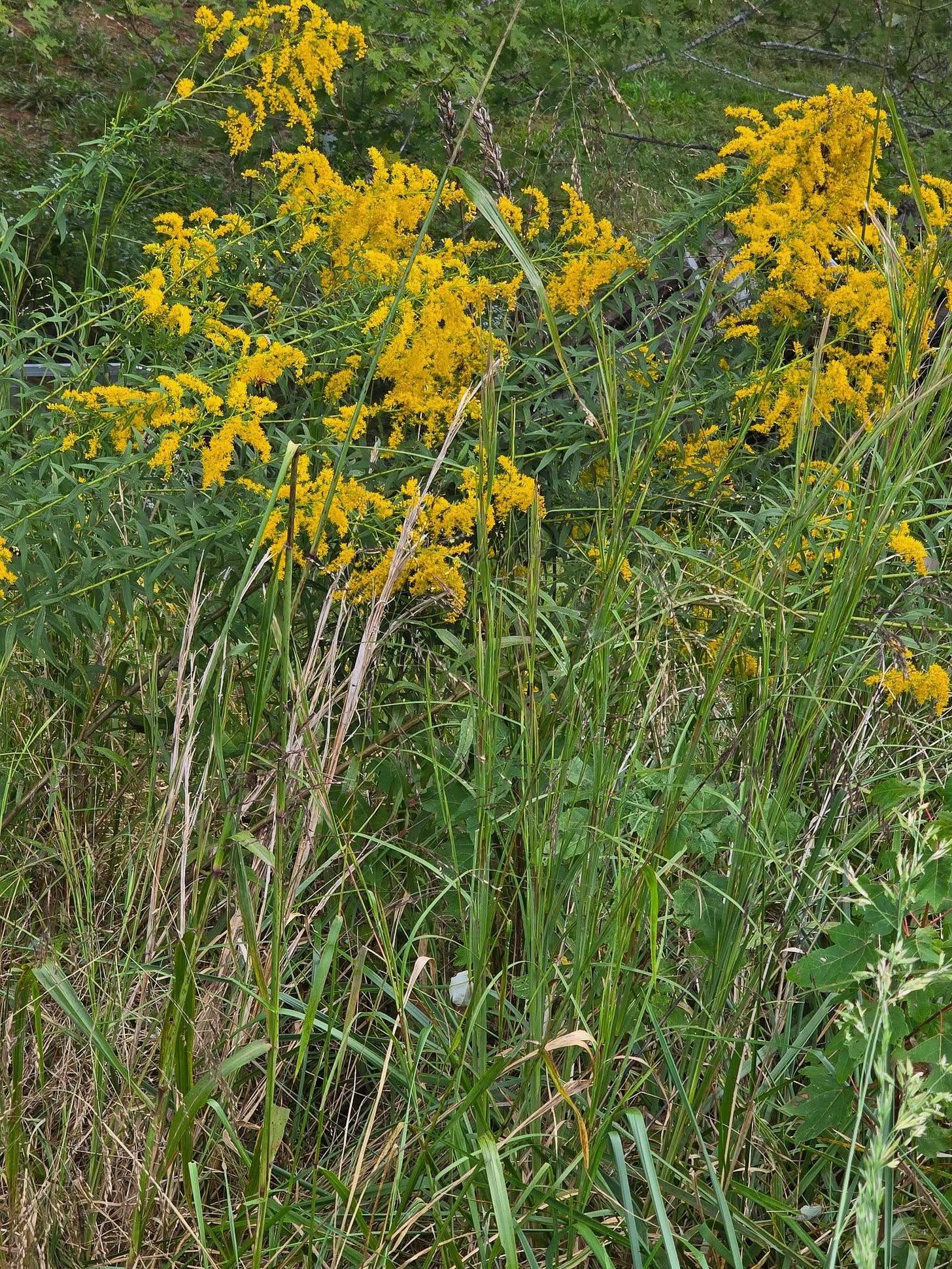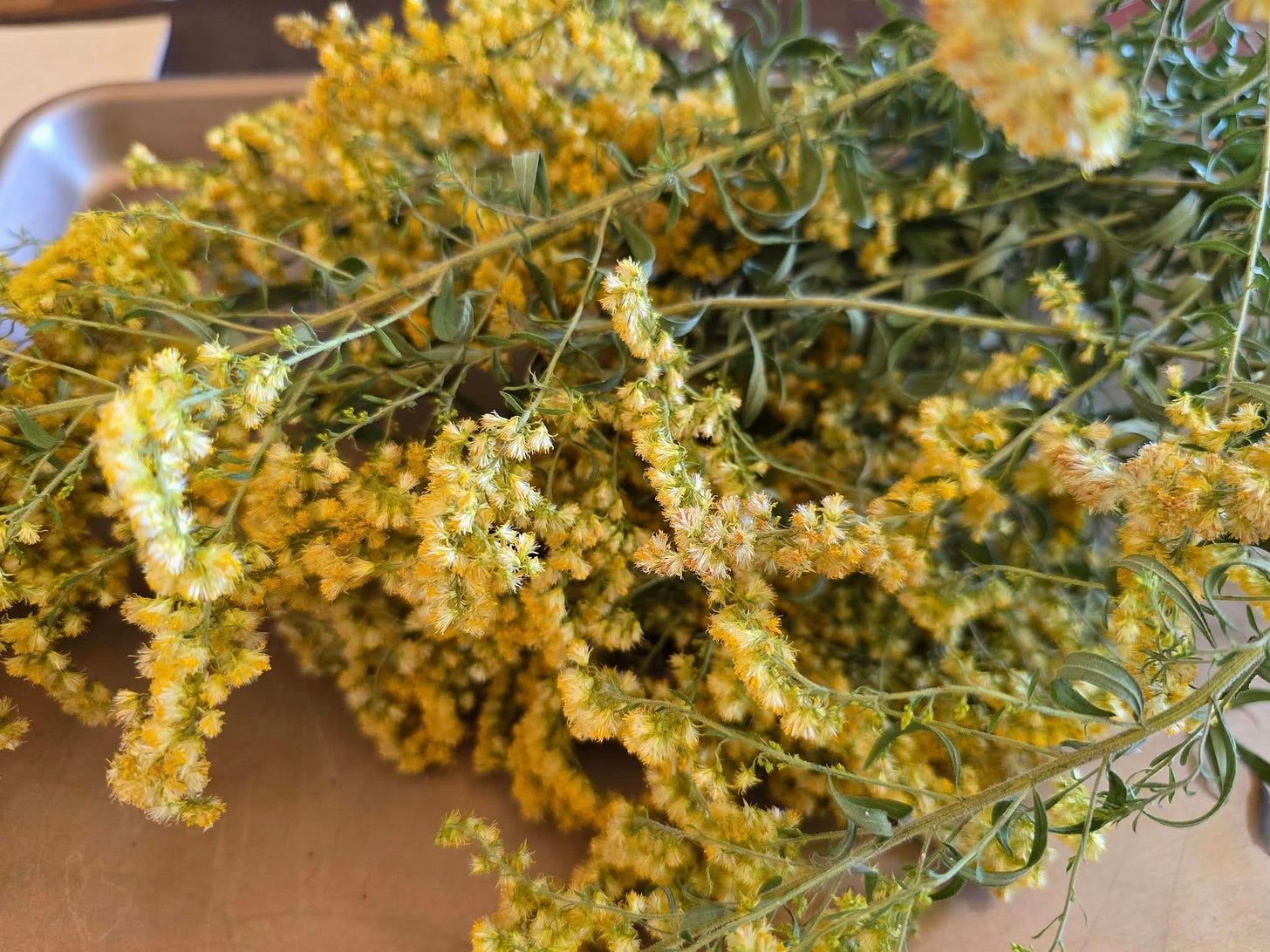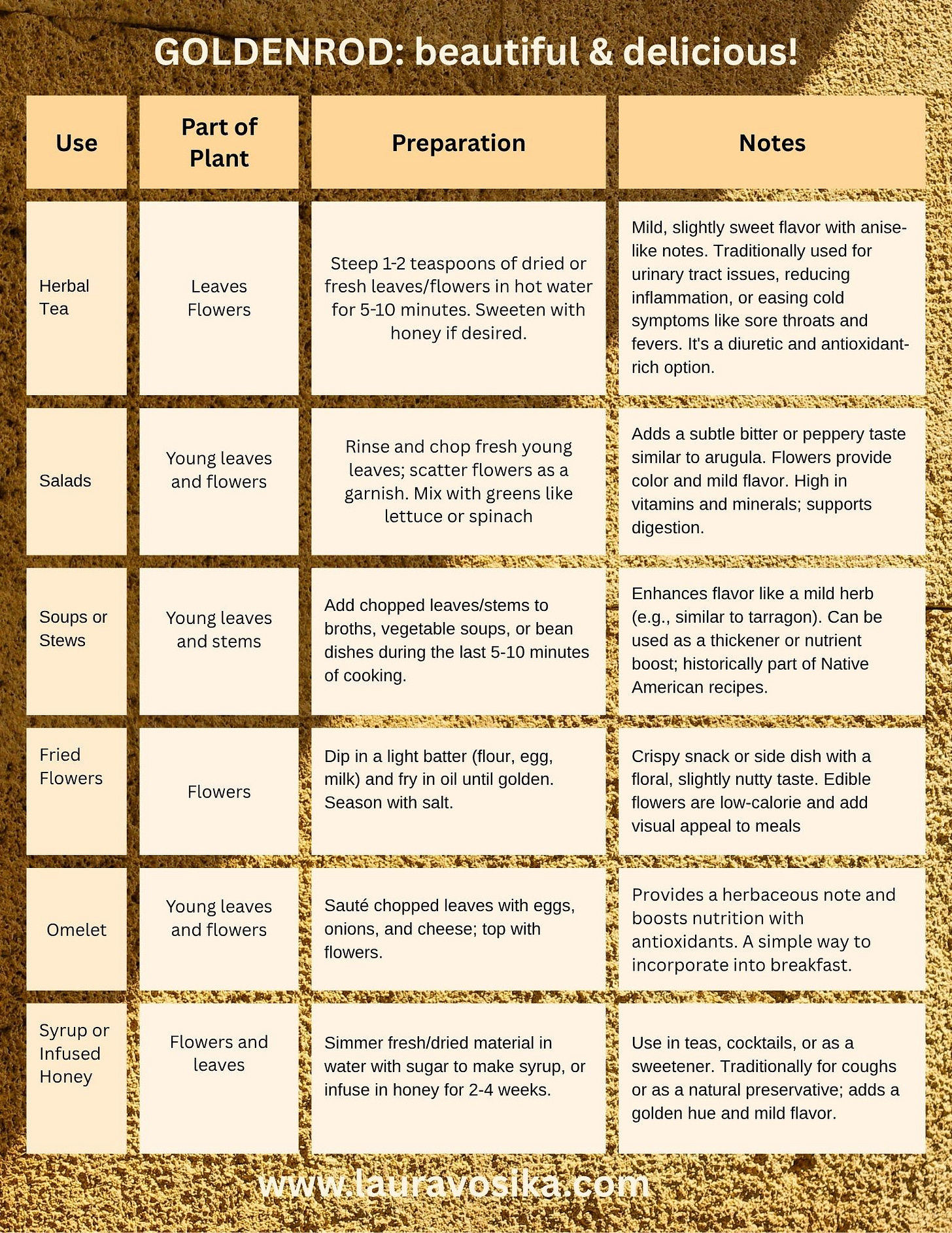Goldenrod: Beautiful, Delicious & Nutritious
Many of my readers know that my husband and I have spent the last four years learning an entirely new way of life, moving from a northern metropolitan suburb to an Appalachian farm (with a brief stop in Northern Minnesota with bears on our property!) as we learn to be more self-sufficient. So, I've been dedicating my days to learning new skills, such as raising and breeding rabbits and sheep, and growing successful garden. I mastered the art of growing a pathetic garden the year we got one lousy, deformed, and off-color carrot for all our work, so I thought I'd move on to successful!
Like Sorcha of The Blue Bells Chronicles, I've also been learning more about the nutrients and medical and culinary uses of herbs and wild plants. This week, I foraged goldenrod.
I bet almost everyone has seen Goldenrod, the beautiful yellow plant that grows wild prolifically. If only the things I plant in my garden grew so well!
Goldenrod in our field
Goldenrod (Solidago spp.) is a versatile wild plant, native to North America and parts of Europe, that has long been foraged for both culinary and medicinal purposes. It’s generally safe for most people when properly identified and used in moderation. It’s part of the Asteraceae family, so, while rare, those with allergies to ragweed, daisies, or similar plants might also be allergic to goldenrod.
In case the italics weren’t enough: always ensure accurate identification to distinguish it from its toxic lookalikes (ragwort, rayless goldenrod, or groundsel). Start with small amounts to test for reactions, and consult a healthcare professional before using it medicinally, especially if pregnant, nursing, or on medications. Do your own research.
Goldenrod drying in our kitchen
Key Edible Parts
Young leaves: Tender and mild when harvested in spring or early summer before flowering. After the plant flowers, they may be tougher and become a bit bitter.
Flowers: Bright yellow blooms, best picked in late summer to fall when in full bloom.
Stems and seeds: These are less commonly used but they can be.






Comments
Post a Comment